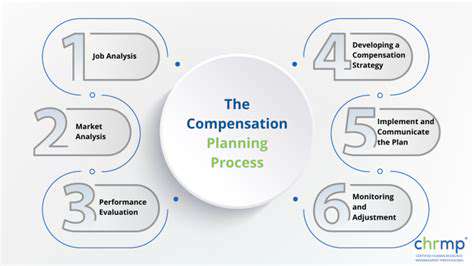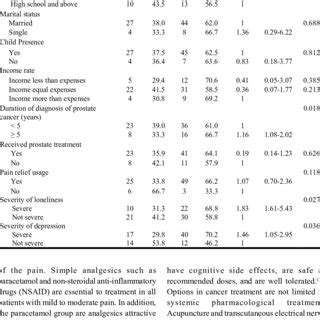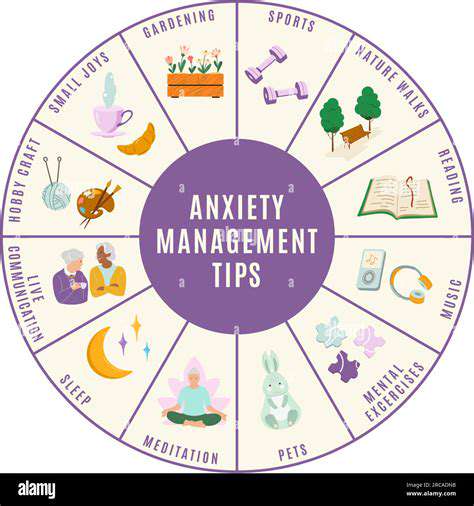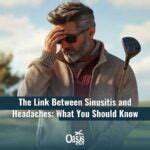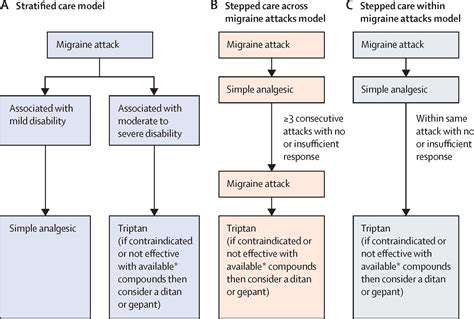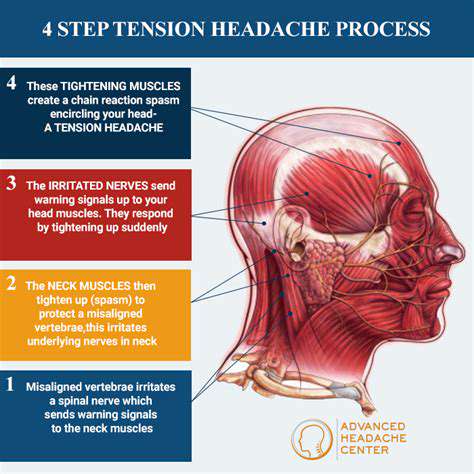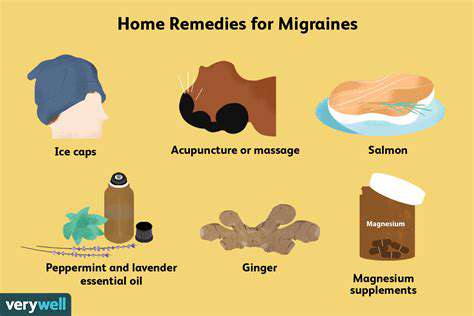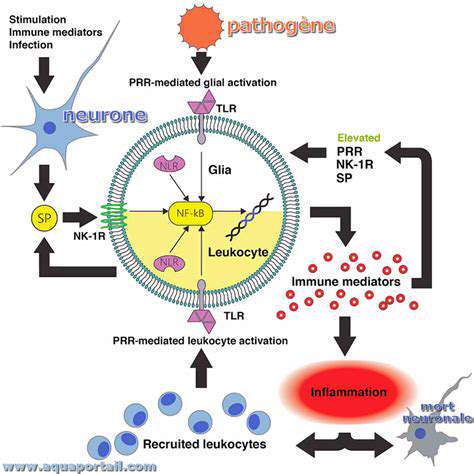Explore comprehensive insights into migraines and headaches including causes, triggers, treatments, and natural remedies. Empower yourself with knowledge to manage pain effectively and improve your daily well-being
Barometric Pressure Headaches: Fact or Fiction?
Jul 08, 2025
The Difference Between Episodic and Chronic Migraine
Jul 08, 2025
OTC Pain Relievers: Ibuprofen vs. Acetaminophen vs. Naproxen for Headaches
Jul 07, 2025
Creating a Migraine Action Plan for Attack Days
Jul 07, 2025
Planning Ahead: Strategies for Migraine Prevention
Jul 07, 2025
Over the Counter Headache Relief: Choosing the Right Option
Jul 06, 2025
Natural vs. Medical Migraine Treatments: Pros and Cons
Jul 06, 2025
Reading Food Labels to Avoid Hidden Migraine Triggers
Jul 06, 2025
Understanding Triptans: Acute Migraine Treatment Explained
Jul 06, 2025
Understanding How Different Alcoholic Beverages Trigger Migraines
Jul 05, 2025
The Role of Patient Advocacy Groups in Migraine Awareness
Jul 05, 2025
Food Sensitivity Testing for Migraines: Is it Worth It?
Jul 05, 2025
The Connection Between Posture and Headache Frequency
Jul 04, 2025
Partnering with Your Doctor for Optimal Well being
Jul 04, 2025
How Learning Your Triggers Empowers Daily Choices
Jul 03, 2025
Omega 3 Fatty Acids and Their Potential Role in Migraine
Jul 03, 2025
Exploring the Role of Neurotransmitters in Headaches
Jul 02, 2025
Migraine vs. Headache: Understanding the Key Differences
Jul 02, 2025



